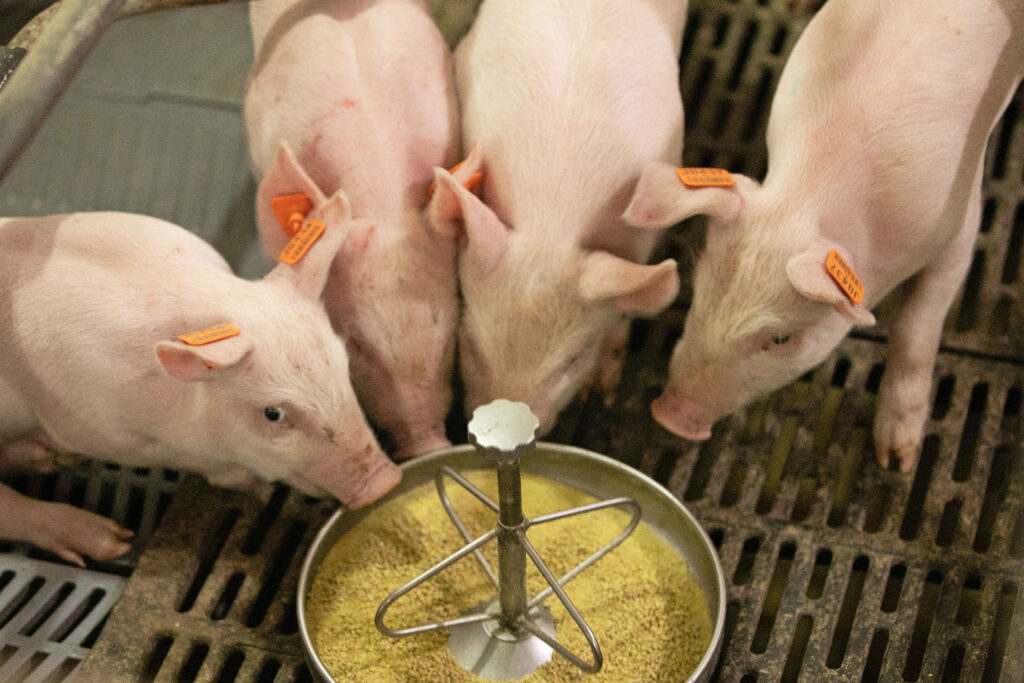By Victor Lei and Rob Bergsma
Topigs Norsvin’s relentless efforts to genetically improve feed efficiency of grower-finishers has led to a potential new selection characteristic: digestibility. Recent research has shown that selection on individual nutrients-digestibility in a diet, like protein or fiber digestibility can accelerate genetic selection on feed efficiency.
Digestibility studies in animals, traditionally required chemical analyses of feed and feces. Chemical analyses are costly and time consuming. On top of that a marker is required in the diet. Titan- or chromium oxide are frequently used for this purpose. The usage of these elements comes with disadvantages.
For application in a breeding program, the technique should be applicable on a large scale, affordable and worldwide accepted. Therefore, an alternative for both the chemical analyses and the traditional markers had to be developed. NIRS (Near Infra-Red Spectroscopy) techniques have already proven their value in feed analyses. Topigs Norsvin succeeded in applying NIRS-techniques in replacing the chemical analyses in wet feces. Replacing the traditional markers by lignin and applying NIRS to quantify lignin in feed and feces looks very promising.
Topigs Norsvin’s effort to include digestibility in its breeding program entered the home stretch.

